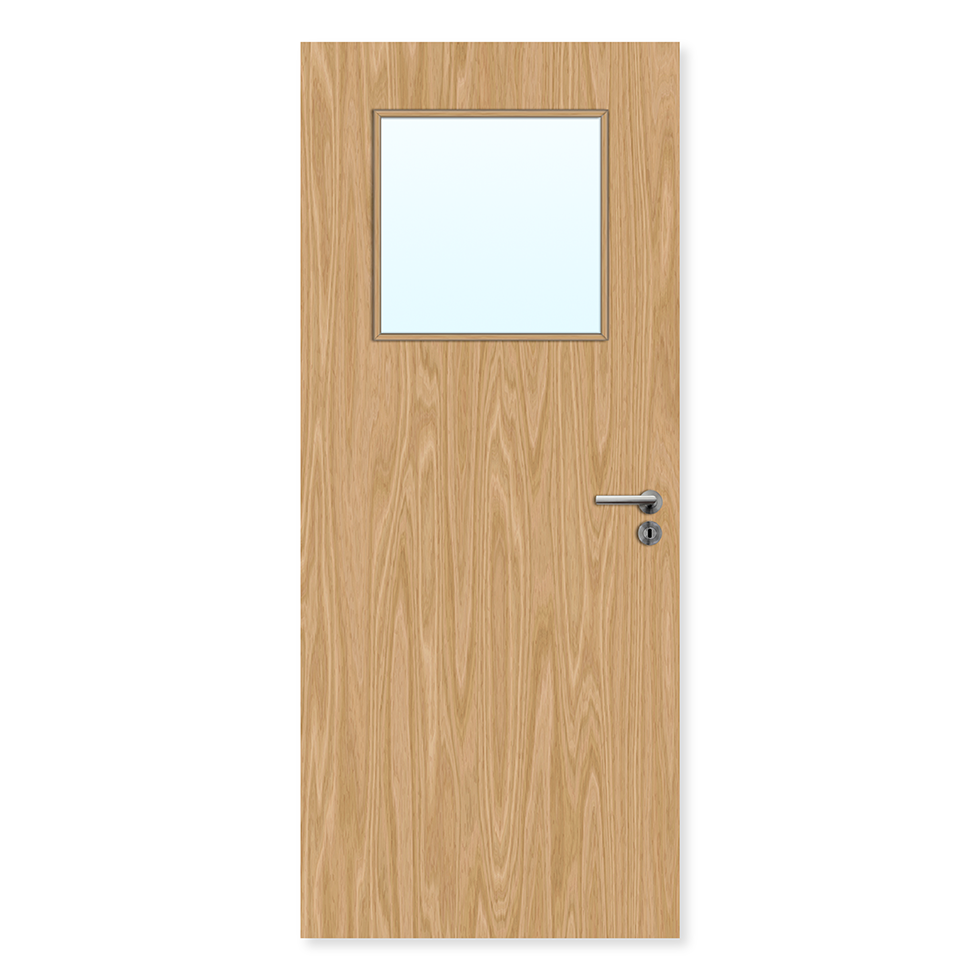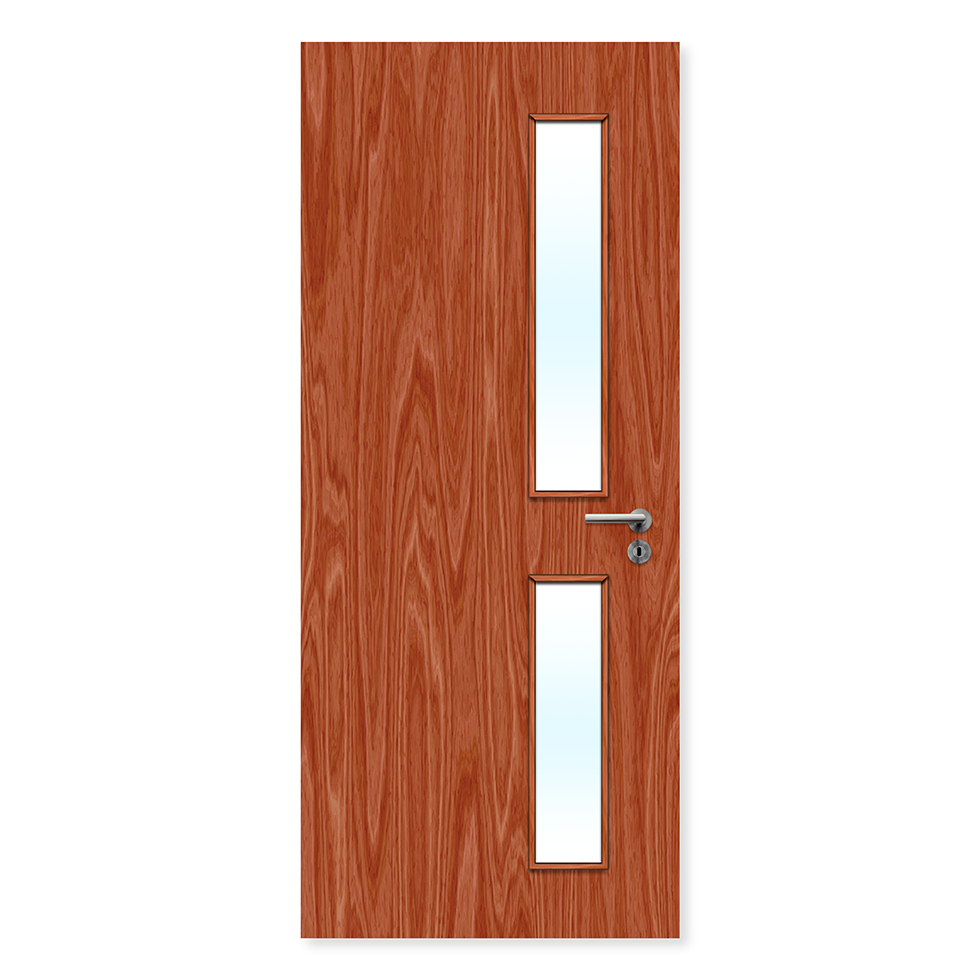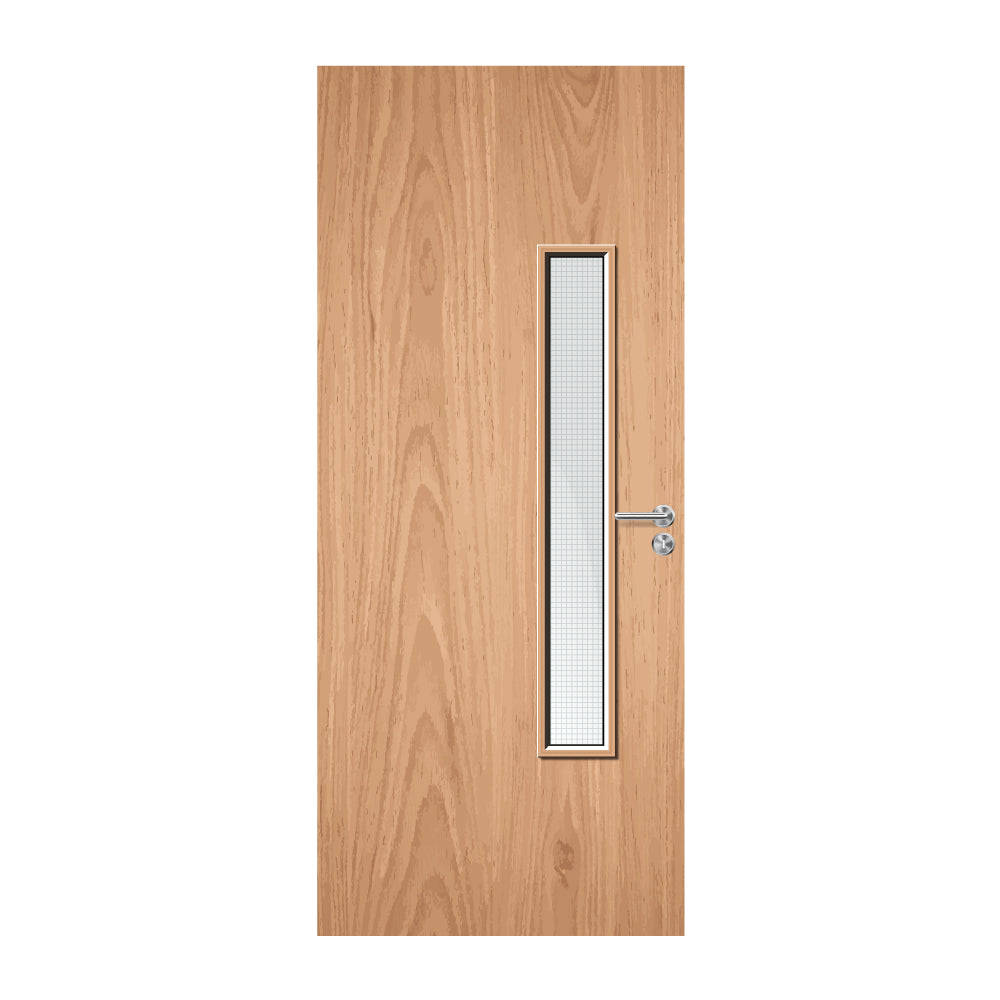Outstanding
Customer Service Second to None
Supply And Install of Fire Rated Doors
Since the Grenfell Tower fire in 2017 when 72 people lost their lives there has been and continues to be, a detailed examination of the facts of the case and as part of these investigations the issue of fire doors, their integrity and maintenance has been raised as a major issue.
As part of the ongoing investigation a number of fire doors were removed for testing and the results of these tests were reported upon. The tests revealed that what should have been 30-minute fire rated fire doors actually lasted less than 15 minutes in a burn test. In addition, further examinations of similar doors have been carried out and these doors have also failed the fire resistance tests.
The fire industry and in particular the fire door manufacturers have been called in to answer very difficult questions by HM Government, and to make plans and act collectively to resolve these testing issues. In addition, the servicing and checking of fire doors was also under scrutiny as it was found that nearly 50% of the fire door self-closers in Grenfell had been removed or disconnected.
There has been a number of meetings held between interested parties to discuss the current emergency situation and the results are likely to change both the current legislation and codes of practice for the supply, manufacturers and testing regimes and also the legal requirement for installers of fire doors and frames to be third party accredited, which is voluntary at present.
Building regulations are to be updated as part of the planned changes. In addition, the way in which building works are completed and ‘signed off’ will also be reviewed and amended.
The provision of fire doors and their location requirements in a building is determined by the following:
A. The fire risk assessment report conducted by a competent person.
B. The fire strategy of the building. (The fire strategy means, how a building operates under the condition of fire, i.e. is the evacuation one of continuous evacuation (one out all out) or for occupancies with high dependence levels such as residential care nursing or hospitals horizontal phased evacuation (PHE).
The above fire strategy will determine where and how many fire compartments a building will then require, which will lead in turn to quantifying the number of fire doors, their fire resistance level and their locations.
Fire door locations are usually:
● Protecting staircases.
● Separating lengths of corridors.
● Dead end conditions where travel in in one direction only.
● High risk rooks such as boiler rooms electrical installations etc.
● Protecting shafts for services and lifts.
● Separating buildings.
If the fire strategy is designed by a competent person, the minimum number of fire doors will be identified, this can also be used to number the doors and to ensure these fire doors are well maintained and there is an audit trail of when the fire doors have been maintained.
The liability that is evident following disasters like Grenfell is now more widely acknowledged within the fire industry and further education is required to ensure all responsible persons are fully aware of the consequences of substandard fire doors within premises.
As part of the ongoing investigation a number of fire doors were removed for testing and the results of these tests were reported upon. The tests revealed that what should have been 30-minute fire rated fire doors actually lasted less than 15 minutes in a burn test. In addition, further examinations of similar doors have been carried out and these doors have also failed the fire resistance tests.
The fire industry and in particular the fire door manufacturers have been called in to answer very difficult questions by HM Government, and to make plans and act collectively to resolve these testing issues. In addition, the servicing and checking of fire doors was also under scrutiny as it was found that nearly 50% of the fire door self-closers in Grenfell had been removed or disconnected.
There has been a number of meetings held between interested parties to discuss the current emergency situation and the results are likely to change both the current legislation and codes of practice for the supply, manufacturers and testing regimes and also the legal requirement for installers of fire doors and frames to be third party accredited, which is voluntary at present.
Building regulations are to be updated as part of the planned changes. In addition, the way in which building works are completed and ‘signed off’ will also be reviewed and amended.
The provision of fire doors and their location requirements in a building is determined by the following:
A. The fire risk assessment report conducted by a competent person.
B. The fire strategy of the building. (The fire strategy means, how a building operates under the condition of fire, i.e. is the evacuation one of continuous evacuation (one out all out) or for occupancies with high dependence levels such as residential care nursing or hospitals horizontal phased evacuation (PHE).
The above fire strategy will determine where and how many fire compartments a building will then require, which will lead in turn to quantifying the number of fire doors, their fire resistance level and their locations.
Fire door locations are usually:
● Protecting staircases.
● Separating lengths of corridors.
● Dead end conditions where travel in in one direction only.
● High risk rooks such as boiler rooms electrical installations etc.
● Protecting shafts for services and lifts.
● Separating buildings.
If the fire strategy is designed by a competent person, the minimum number of fire doors will be identified, this can also be used to number the doors and to ensure these fire doors are well maintained and there is an audit trail of when the fire doors have been maintained.
The liability that is evident following disasters like Grenfell is now more widely acknowledged within the fire industry and further education is required to ensure all responsible persons are fully aware of the consequences of substandard fire doors within premises.






